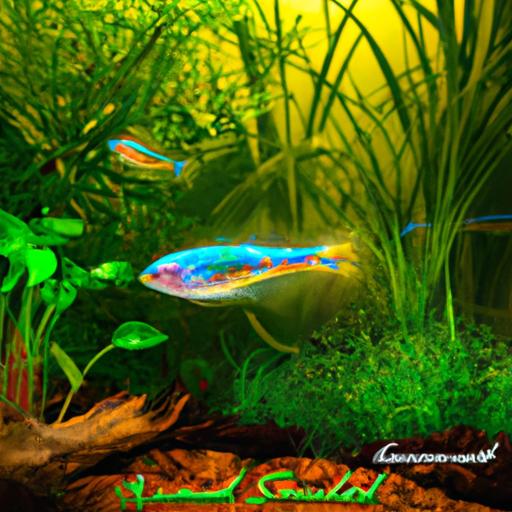
Setting Up a Freshwater Planted Rainbowfish Tank
Learn how to set up a freshwater planted rainbowfish tank: step-by-step guide, suitable tank size, substrate, plants, lighting, and more.
The Beauty of Nature in Your Home: A Step-by-Step Guide
Introduction
Are you ready to bring the vibrant colors of the rainbow into your home? Setting up a freshwater planted rainbowfish tank allows you to create a stunning aquatic ecosystem that will captivate your senses and bring a sense of tranquility to any space. In this comprehensive guide, we will walk you through the process of setting up a freshwater planted rainbowfish tank, ensuring that you provide the optimal environment for your fish and plants to thrive.
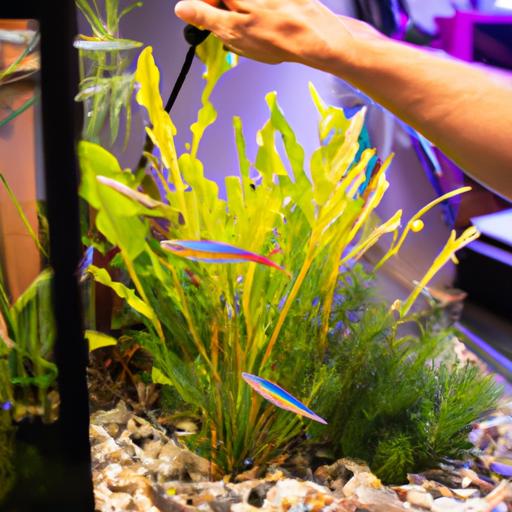
Step-by-Step Guide to Setting Up a Freshwater Planted Rainbowfish Tank
1. Selection of Suitable Tank Size and Dimensions
Choosing the right tank size is crucial for the comfort and well-being of your rainbowfish. These active swimmers require ample space to move and explore. A tank with a capacity of at least 20 gallons is recommended for a small community of rainbowfish. Additionally, consider the dimensions of the tank, as taller tanks provide a larger surface area for plants to grow and thrive.
2. Choosing the Right Substrate for Plant Growth and Fish Health
The substrate you select plays a vital role in supporting plant growth and maintaining water quality. Opt for a nutrient-rich substrate specifically designed for planted tanks. This type of substrate provides essential elements and minerals that promote healthy root development and overall plant growth. It also helps maintain a stable pH level, essential for the well-being of your rainbowfish.
3. Selecting Appropriate Plant Species for a Vibrant and Balanced Ecosystem
To create a visually stunning underwater landscape, choose a variety of plant species that thrive in freshwater environments. Consider the growth rate, light requirements, and compatibility with rainbowfish. Some popular choices include Anubias, Java Fern, and Amazon Sword. Remember to arrange your plants strategically, creating different levels and hiding spots to mimic the natural habitat of your rainbowfish.
4. Installing and Maintaining the Necessary Lighting System
Proper lighting is essential for the health and growth of both your plants and rainbowfish. Invest in a high-quality aquarium light that provides the appropriate spectrum and intensity required for photosynthesis. A timer can be a valuable tool, ensuring consistent lighting periods for your tank. Remember to regularly clean the light fixtures to prevent algae growth and ensure maximum efficiency.
5. Properly Cycling the Tank to Establish a Healthy Environment
Cycling your tank is a crucial step in establishing a healthy environment for your rainbowfish. It involves the growth of beneficial bacteria that break down harmful ammonia and nitrites, converting them into less toxic nitrates. This process usually takes a few weeks and can be accelerated using bacterial supplements or by introducing hardy fish species to kick-start the cycle.
6. Introducing Rainbowfish and Other Compatible Fish Species
Rainbowfish are known for their peaceful nature, making them suitable tank mates for a variety of community fish. However, it’s essential to research and select compatible species that share similar water requirements and temperaments. Some suitable companions for rainbowfish include tetras, gouramis, and rasboras. Always consider the size and behavior of the fish to ensure a harmonious tank environment.
7. Monitoring and Maintaining Optimal Water Conditions
Regular monitoring of water parameters is crucial to the long-term success of your freshwater planted rainbowfish tank. Test the water regularly for temperature, pH levels, ammonia, nitrite, and nitrate concentrations. Conduct regular water changes to maintain water quality and remove any accumulated toxins. Proper filtration and aeration are also vital to ensure a healthy and stable environment for your fish and plants.
FAQ: Common Questions About Setting Up a Freshwater Planted Rainbowfish Tank
1. What is the ideal water temperature range for rainbowfish?
Rainbowfish thrive in temperatures ranging from 72°F to 80°F (22°C to 27°C). Maintaining a stable temperature within this range is crucial for their overall health and well-being.
2. How often should the tank be fertilized to promote plant growth?
Fertilization requirements vary depending on the specific needs of your plants. Generally, a comprehensive liquid fertilizer can be added once or twice a week, following the manufacturer’s instructions. Monitoring the growth and health of your plants will help determine if adjustments are necessary.
3. Can rainbowfish thrive in a community tank with other fish species?
Absolutely! Rainbowfish are known for their peaceful nature and can coexist harmoniously with a variety of community fish species. However, always research and select compatible species that share similar water requirements to ensure a successful community tank.
4. What are some common challenges in maintaining a planted rainbowfish tank?
Maintaining a planted rainbowfish tank requires consistent monitoring of water parameters, regular pruning of plants, and preventing the buildup of excess waste and debris. Algae control can also be a challenge, but with proper lighting, water circulation, and balanced nutrient levels, you can keep it under control.
5. Are CO2 injection systems necessary for plant growth in rainbowfish tanks?
While CO2 injection systems can enhance plant growth, they are not always necessary for a successful freshwater planted rainbowfish tank. Many plant species can thrive without additional CO2 supplementation, especially with proper lighting and nutrient management. However, for more demanding plants, CO2 injection may be beneficial.
Conclusion
Creating a freshwater planted rainbowfish tank is a rewarding endeavor that allows you to bring the wonders of nature into your home. By following our step-by-step guide, you can provide a thriving ecosystem for your rainbowfish and create a visually stunning underwater paradise. Remember to choose suitable tank dimensions, select the right substrate and plants, provide proper lighting, cycle the tank, introduce compatible fish species, and monitor water conditions. With dedication and care, you’ll enjoy the beauty and serenity of your very own freshwater planted rainbowfish tank for years to come.
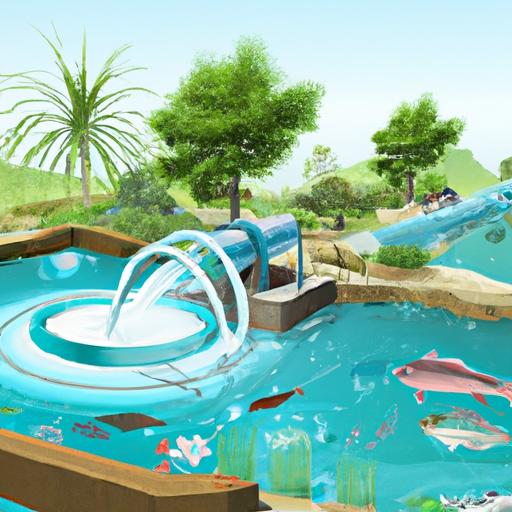
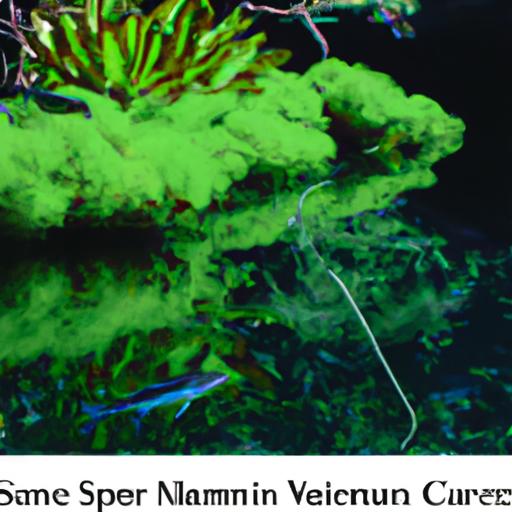
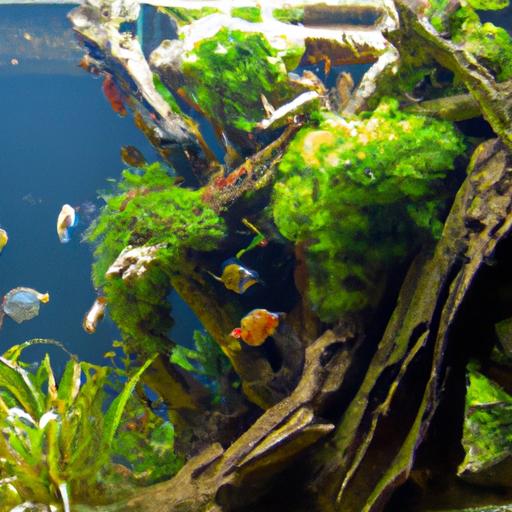
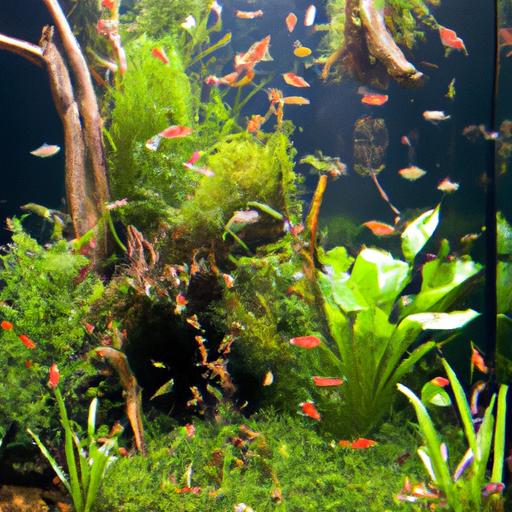
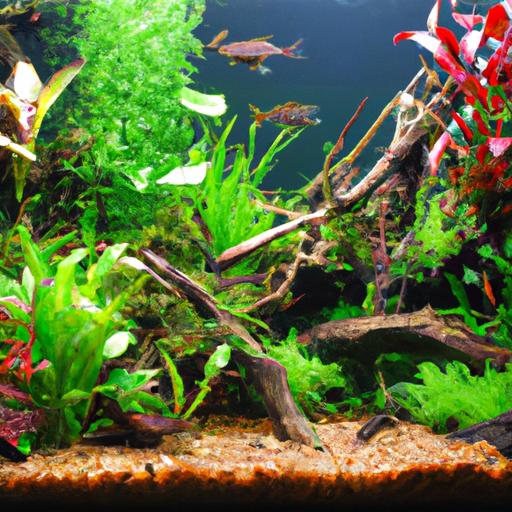

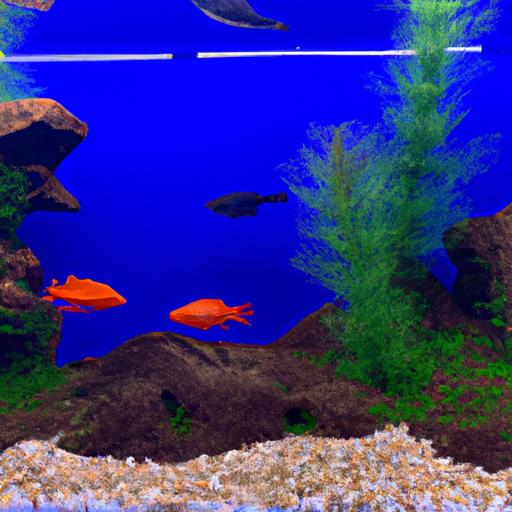
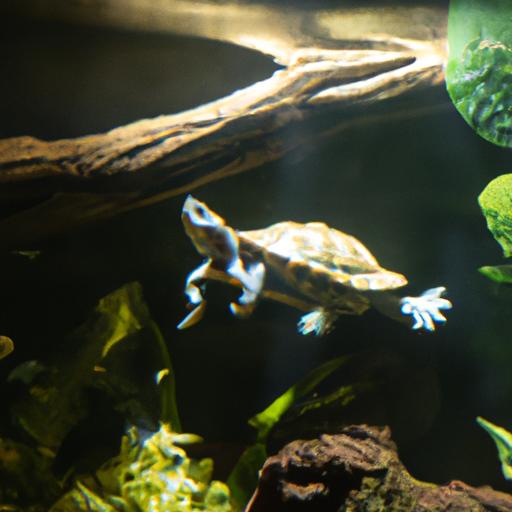

















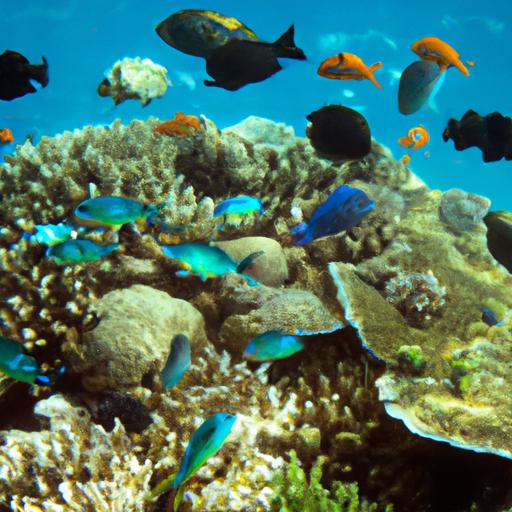

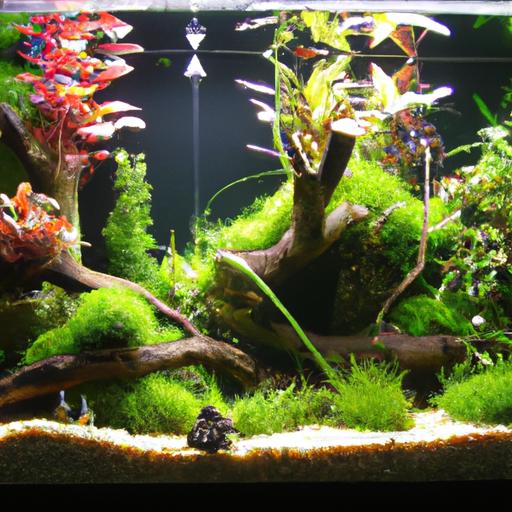


.jpg)
